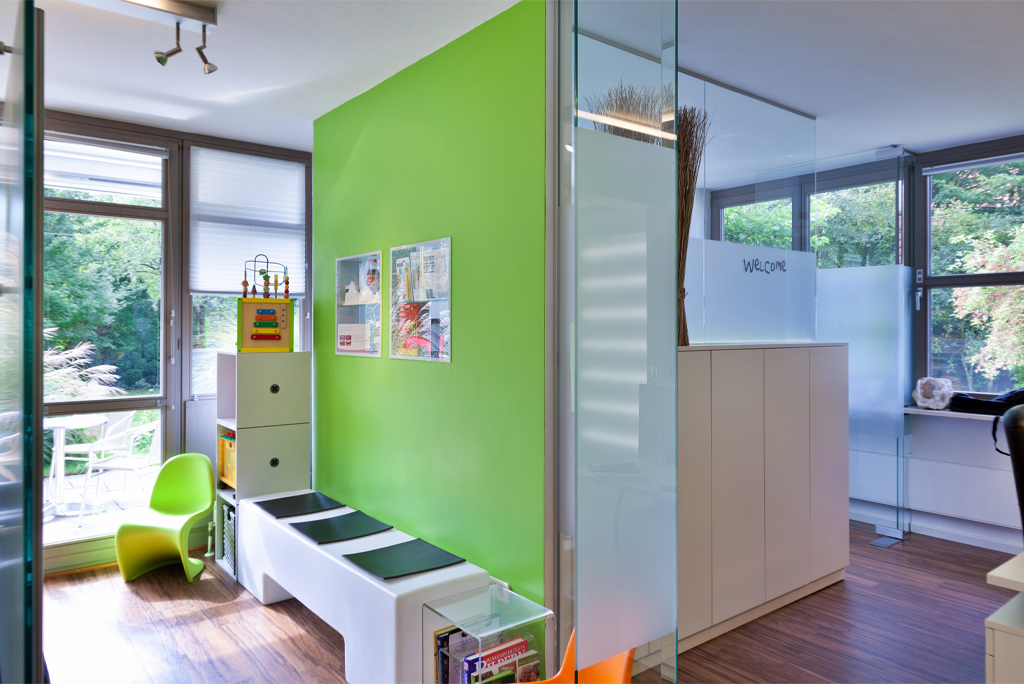The COVID-19 pandemic brought forth a whole new way to meet and treat patients. Healthcare companies are focusing more on the design of their medical facility so they can provide the best care possible in the most efficient setting. From telehealth to home visits, how the needs of patients are being met is evolving alongside the design of medical clinics and everchanging industry trends.
Adaptable Space
If the pandemic taught medical professionals anything, it’s that there is a growing need for more flexible, accommodating treatment spaces. Medical clinic layouts need to be structured around the care being provided and the type of patients visiting the property. Multipurpose components are critical.
These crucial design elements are trending more and more in the healthcare industry. The designs include mobile workstations, additional room or building entry points, separate waiting rooms for “well visits” and “sick visits,” and divided or prefabricated walls. Adding these elements while supporting a safe traffic flow keeps medical professionals and patients feeling more at ease.
Separate Staff Areas
Medical providers have faced a lot of mental, emotional, and physical strains over the last year. Though many of the clinics providers work for have been very understanding, creating a respite area specifically for staff is a healthcare trend taking off—for good reason.
These staff spaces are not just the typical staff lounges of the past. These areas are collaborative, social, and safe locations where professionals can feel relief when they need a mental break and feel focused when they need to concentrate. Separate staff areas are a combination between work area, conference room, respite space, and discussion hub where social distancing and personal well-being are taken into account.

Air Circulation
The COVID-19 pandemic brought forth new concerns and ideas involving ventilation and air circulation. Though heating and air conditioning units are extremely helpful, they are also more likely to push around airborne diseases.
Implementing air-handling units that protect staff and visitors is a trend medical clinics are jumping on. The engineers who work with these units strategize ways to supply necessary airflow so that the spread of germs is not a worry. When air circulation is optimal and disease particles are low, both patients and providers can work without worry and with better results.
Clean Waiting Rooms
The well-being of providers has been a trending topic, as discussed above, but patient care is the primary focus in the healthcare industry. Waiting rooms became a huge point of discussion, especially during the COVID-19 pandemic. Germs are easily spread due to close proximity to others while in these spaces.
Though maintaining cleanliness is a no-brainer, taking waiting rooms to a whole new level is a medical clinic design trend worth following through with. Instead of having side-by-side chairs, creating a more lounge-like setting encourages social distancing. Using partitions or separate rooms for ill patients helps lessen the spread of germs. Another way medical clinics are utilizing the idea of separate rooms is by creating entrances for mental health visits. This makes a more private experience for those struggling mentally and emotionally while maintaining a safe, clean environment.
Tech-Savvy Resources
Technology and remote learning took over 2020 and continue to trend into 2021. Patients and healthcare professionals are finding beneficial ways to add technology and apps into their medical clinic design. Though ease is a huge part of utilizing these resources, social distancing also continues to play a significant role.
By adding touchless or electronic sign-in kiosks to your medical clinic, patients and employees do not have to worry about spreading germs or cleaning a space after using it. It is also a great way to move along the sign-in process and get more patients in and out quickly. Emails, apps, and video chat have proven to be extremely successful for provider-patient connections while saving time and eliminating worry for those who do not feel comfortable leaving their home.


